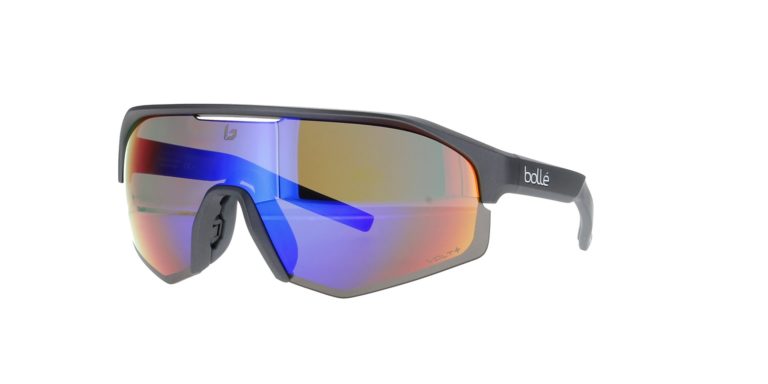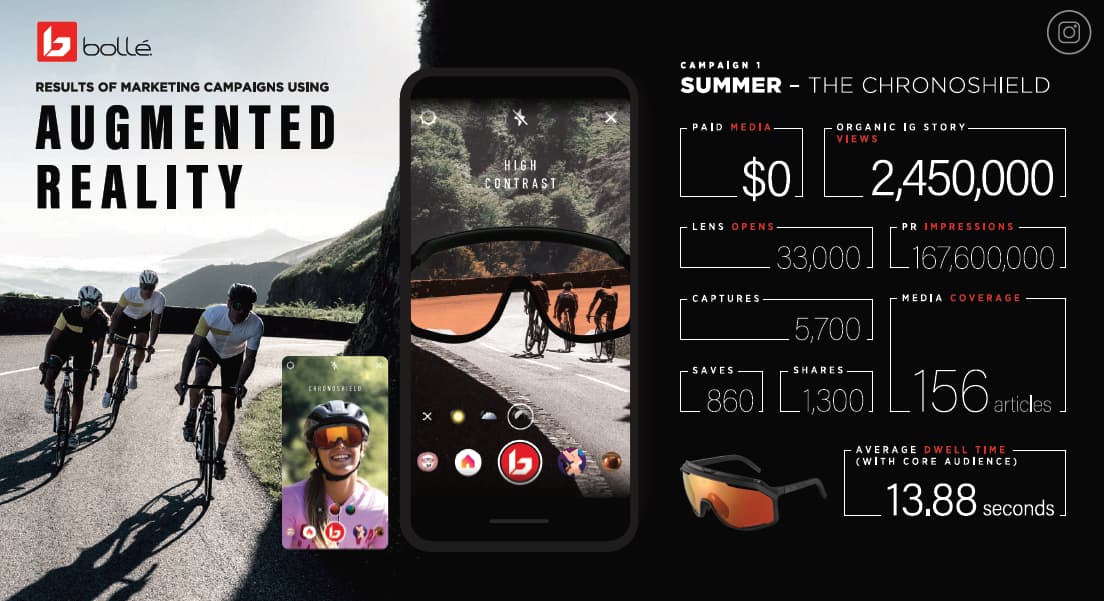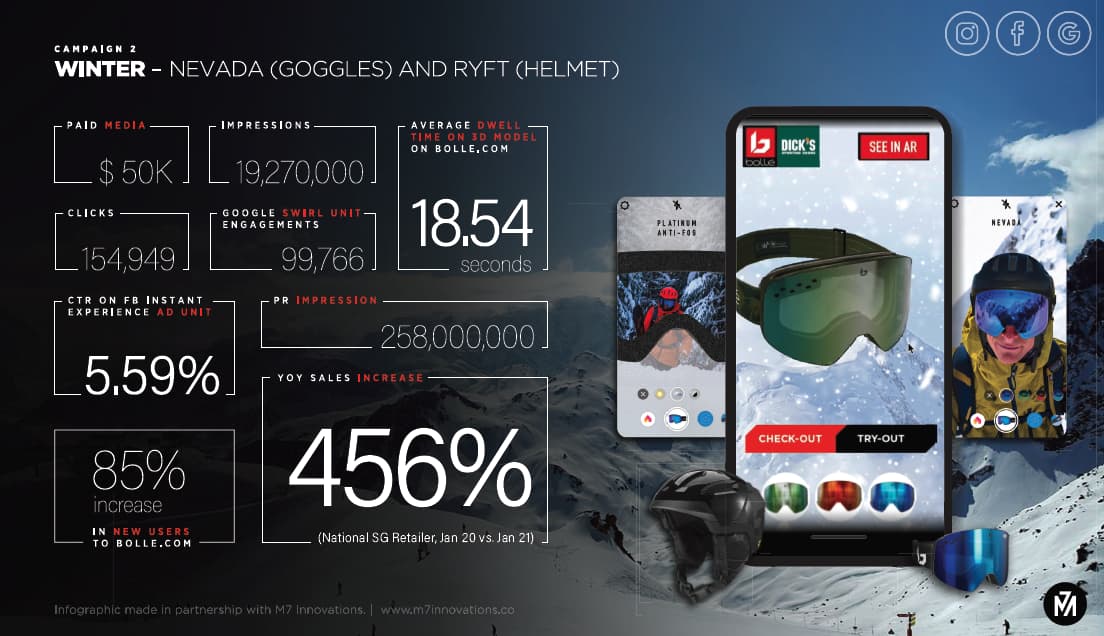
AR continues to evolve and take shape. Like other tech sectors, it has spawned several sub-sectors that comprise an ecosystem. These include industrial AR, consumer VR, and AR shopping. Existing alongside all of them – and overlapping to some degree – is AR marketing.
Among other things, AR marketing includes sponsored AR lenses that let consumers visualize products in their space. This field – including AR creation tools and ad placement – could grow from $2.78 billion last year to $9.85 billion by 2026 according to ARtillery Intelligence.
Factors propelling this growth include brand advertisers’ escalating affinity for, and recognition of, AR’s potential. More practically speaking, there’s a real business case. AR marketing campaigns continue to show strong performance metrics when compared with 2D benchmarks.
But how is this coming together? And what are best practices? These questions were tackled in a recent report by ARtillery Intelligence, containing narrative analysis, revenue projections, and campaign case studies. It joins our report excerpt series, with the latest below.
Incubation Play
Picking up where we left off in last week’s report excerpt, we move on to the next AR marketing case study: Bollé Brands. It carries several iconic names in eyewear for casual and adventurous contexts. These include the flagship Bollé brand as well as Spy and Serengeti.
Notably, its adventurous brand persona comes through in its own AR early adoption. Here, AR is a natural fit, Bollé’s Chris Abbruzzese tells ARtillery Intelligence, as its glasses naturally augment reality by adding clarity in low-visibility scenarios in skiing and cycling.
So to emulate this clarifying and high-contrast effect – a major selling point – it looked to AR. Working with M7 Innovations, it engineered an AR experience where users hold up their phones to see the world through Bollé lenses in simulated low-visibility conditions.
This concept was executed in a series of campaigns, each of which gained new insights and tactical competency. For example, in later campaigns, users could make a specific facial gesture (“activation event”) to kick off the experience. This boosts interactivity and active engagement.
As for objectives, Abbruzzese and Bolle’s AR partner M7 Innovations, wanted to achieve several things, including brand building and revenue lift. These goals are well-aligned with AR which, as we examined last week, has the rare ability to span the consumer purchase funnel.
In other words, AR can both engage users in novel ways (upper funnel) and qualify buying decisions through 3D visualization (lower funnel). The latter is the holy grail of digital marketing as it not only boosts sales but does so in measurable ways. Bollé used AR to lean into both.


Results-Oriented
As for results, Bollé hit several marks, up and down the purchase funnel. Its first campaign (see graphic above) achieved 2.45 million views for its organic Instagram Story. From there, it achieved 33,000 lens opens, 5,700 media captures, 860 saves, and 1,300 shares.
These aren’t astronomical figures in digital marketing terms. But remember that AR engagements have greater depth than typical banner ads, where brute force and sheer scale are the name of the game. For example, dwell time with these lenses was 13.88 seconds.
In its second campaign, Bollé expanded distribution to Google Swirl and other paid ads. Results include 19.27 million impressions, 155K clicks, and 99.8K engagements. Moreover, the campaign drove 85 percent more new users on Bolle.com and a 456 percent sales lift.
Finally, its third campaign for Spy achieved 18 million lens interactions in the first 30 days and a 314 percent sales boost. And for all of the above, there are second-order effects as AR’s novelty attracts press attention. Bollé achieved 167.6 million PR impressions from 156 articles.
We’ll pause there and circle back next week with part II of this case study, including its tactical takeaways…






